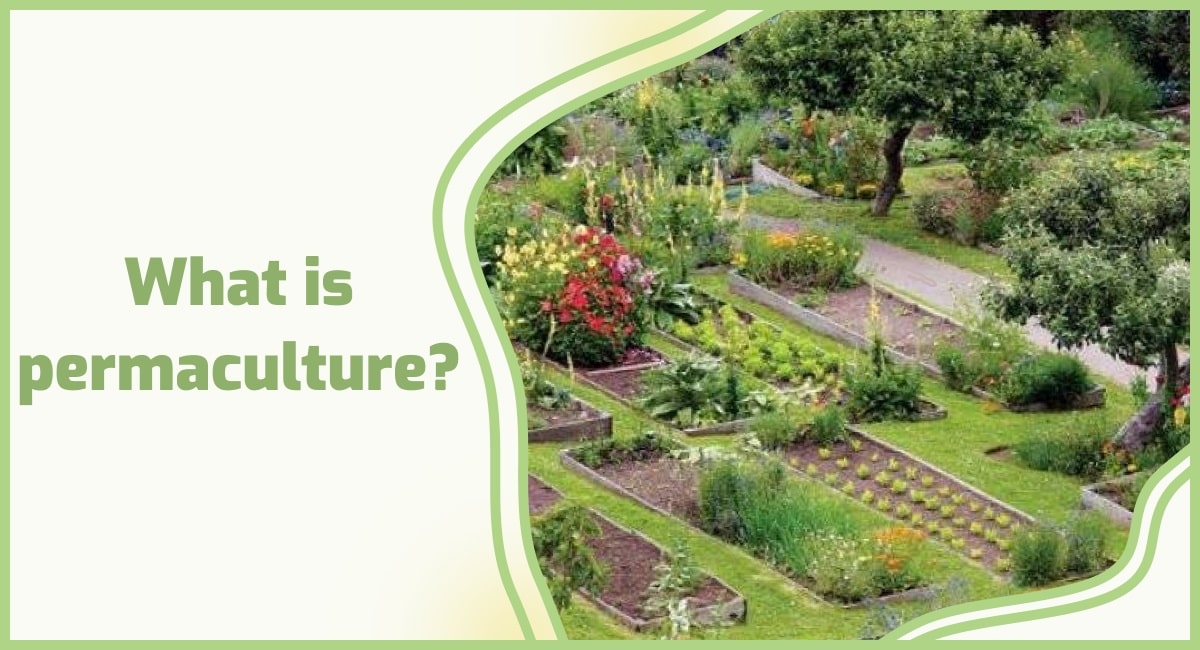Cultivating a Sustainable Future: An Exploration of Permaculture Farming Strategies
With sheer excitement, we engage in the captivating concept concerning Cultivating a Sustainable Future: An Exploration of Permaculture Farming Strategies. We aim to gather intriguing insights and provide fresh angles to the readers.
Video about Cultivating a Sustainable Future: An Exploration of Permaculture Farming Strategies
Cultivating a Sustainable Future: An Exploration of Permaculture Farming Strategies

Permaculture, a portmanteau of "permanent agriculture" and "permanent culture," is a design system that seeks to create sustainable and resilient human settlements. While often associated with agriculture, permaculture encompasses a broader vision, aiming to integrate human activity with natural ecosystems for the benefit of both. Central to this philosophy is its application in farming practices, where permaculture strategies strive to mimic natural patterns and relationships to create harmonious and productive landscapes.
This article delves into the core principles and practical implementations of permaculture farming, exploring how these strategies can contribute to a more sustainable and resilient food system.
Deconstructing the Permaculture Principles:
Permaculture is founded on a set of ethical guidelines and design principles that guide the creation of sustainable agricultural systems:
- Earth Care: Respecting and working with natural systems, minimizing harm and encouraging ecological health.
- People Care: Prioritizing the well-being and needs of people, ensuring they have access to resources and live fulfilling lives.
- Fair Share: Distributing resources and benefits equitably, avoiding exploitation and encouraging cooperation.
These ethical guidelines translate into practical design principles that form the backbone of permaculture farming:
- Observe and Interact: Carefully studying the site’s natural features, climate patterns, and existing ecosystems to understand its unique characteristics.
- Catch and Store Energy: Utilizing readily available resources like sunlight, water, and wind to maximize energy capture and storage within the system.
- Obtain a Yield: Ensuring the system consistently produces outputs, be it food, fuel, or other valuable resources, meeting the needs of both people and the environment.
- Apply Self-Regulation and Accept Feedback: Continuously monitoring and adjusting the system based on observations and feedback, allowing it to evolve and adapt.
- Use and Value Renewable Resources and Services: Utilizing resources that replenish naturally and promoting closed-loop systems that minimize waste and external inputs.
- Produce No Waste: Minimizing waste generation by finding creative ways to reuse and recycle materials, promoting composting and natural decomposition.
- Design from Patterns to Details: Employing natural patterns and ecological relationships as inspiration for system design, creating harmonious and interconnected structures.
- Integrate Rather Than Segregate: Promoting biodiversity and fostering interrelationships between different elements of the system, creating synergistic effects.
- Use Small and Slow Solutions: Focusing on smaller-scale, localized solutions that are gradual and adaptable, avoiding large-scale disruptive interventions.
- Use and Value Diversity: Encouraging a variety of plants, animals, and microorganisms to enhance resilience, stability, and productivity.
- Use Edges and Value the Marginal: Recognizing the unique productivity and biodiversity found in transitional zones, maximizing their potential.
Putting Permaculture into Practice:
These principles translate into diverse permaculture farming strategies, each tailored to specific climates, landscapes, and goals:
Crop Rotation and Companion Planting: Alternating crops in a planned sequence to improve soil fertility, suppress pests and diseases, and maximize space utilization. Companion planting involves strategically grouping compatible species to enhance growth, pollination, and pest control.
Closure
Thus, we hope this article has clarified important points on Cultivating a Sustainable Future: An Exploration of Permaculture Farming Strategies. We value your engagement with this content. Until the next one!.

No comments:
Post a Comment